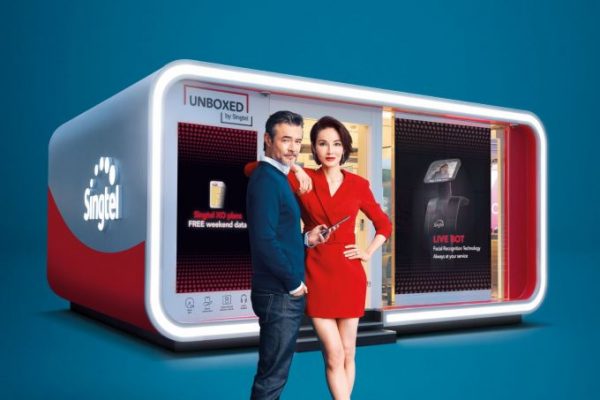By Goh Shufen, Co-founder & Principal, R3
This article was first published in the Business Times on December 9, 2019
Advertising used to be about price and benefits. The words “cheaper”, “better”, and “faster” were common sights in newspapers, and on television and billboards. In many ways, advertising is still about the same things, but the way they are communicated now is in the form of a stream of box-sized images and shareable films.
New media might be delivering familiar messages, but one thing that has changed for the Singapore consumer is choice. Markets have opened up and competition has flooded the landscape with homegrown brands, as well as foreign players and startups looking to be disruptive. The result: People now have more options than ever before.
Defending revenue with great ideas
One of the most competitive consumer categories is telecommunications. It had only taken five years for Singapore’s telecommunications market to increase almost four-fold.
In 2016, mobile phone users had three providers to choose from. Today, there are 11. As late entrants lure subscribers with price and challenge anti-establishment promises, consumers expect to pay less for data. The consequence is shrinking revenues in the category.
How should a leading market brand like Singtel respond? In fact, how should any telecommunications company evolve beyond utility and into an essential provider of connectivity and content?
The average Singaporean has three connected devices. 49 per cent can’t imagine giving up their phone for a day. With a consumer base who cares so much about the product, how can a service provider grow loyalty to the product into love for the brand?
In our experience working with 12 of the world’s top 20 brands across categories, the most effective approach for dominant leaders to protect and grow their market share is to turn to marketing technologies and innovation to develop a strong sense of trust, deliver more personalisation and demonstrate greater value.

Singtel, UNBOXED
Brand trust matters, even more so online
A recent R3 study on e-commerce for the technology and electronics category in APAC found that trust was one of the most important factors when buying big ticket items (like laptops), over convenience and cost savings.
This explains why Lazada has a filter option to show only products that are sold by Lazmall (Lazada’s store for items from authorised distributors for brands) and HP provides customers the option to “chat with HP”, alongside detailed product descriptions and consumer reviews. These subtle, yet significant, features assure the consumer throughout the buying process.
Trust is about service, but it is also about brand. Advertising that entices consumers with great deals and freebies might attract a shopper’s roving eye for a while, but when issues like fake news, deep fakes and security arise, a brand needs to be able to communicate strategy and leadership.
When positioned in a relevant way, formerly commoditised features like better network coverage, stronger Wi-Fi connections and even the ability to restart your favourite television shows can be used by telecommunications companies to communicate that brand trust empowers the consumer.
As the tagline says, “Because with Singtel, you can.”





